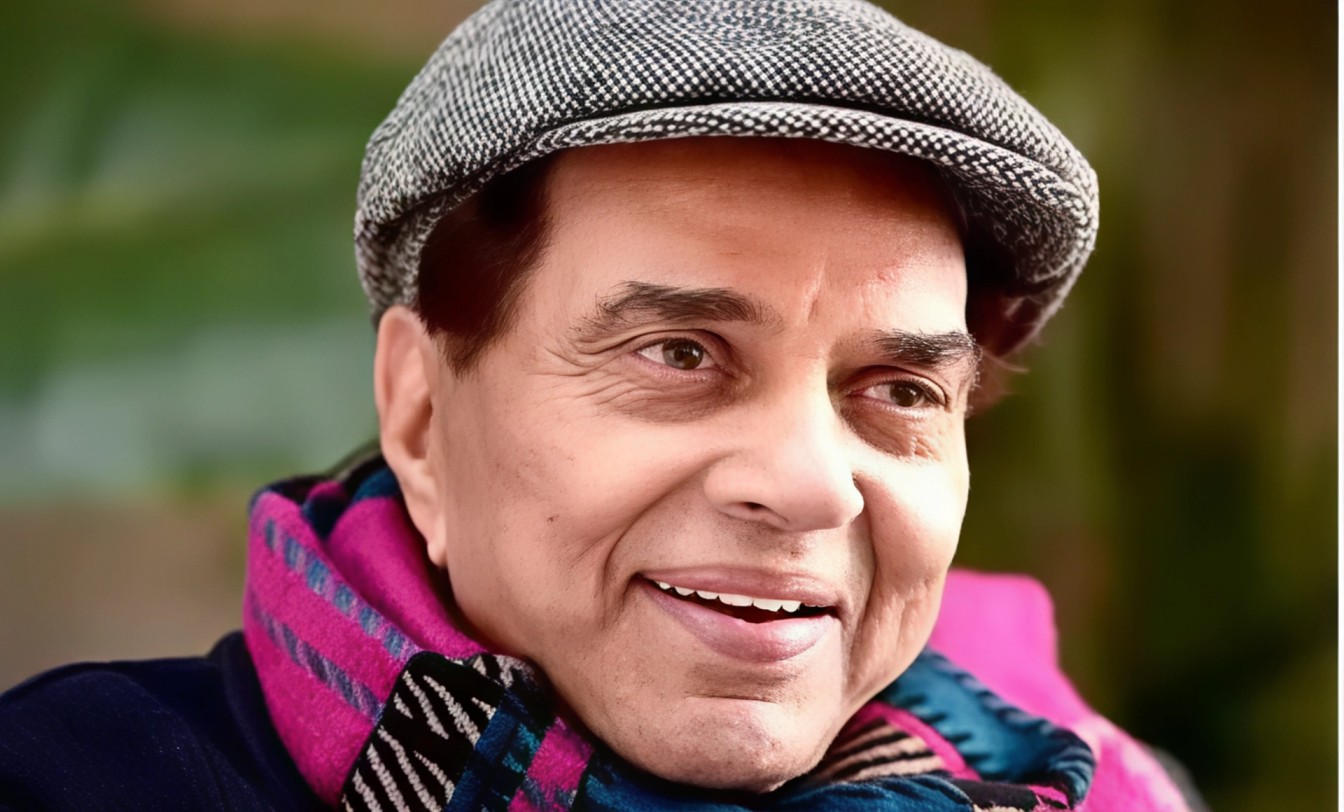The departure of Ola CEO Hemant Bakshi has brought attention to the challenges facing Ola's ride-hailing endeavours, particularly its e-bike taxi business. Bakshi's role was pivotal in scaling this fledgling segment of Ola's services. However, industry insiders reveal that Ola's ambitions in the e-bike taxi sector have encountered several obstacles, coinciding with a continued loss of market share to emerging competitors.
The Failure to Launch E-bike Taxi Service
Despite Ola's efforts to expand its e-bike taxi business, it appears to have faced numerous speed bumps along the way. This development sheds light on the broader struggles Ola has been facing in maintaining its position in the competitive ride-hailing market. With emerging players such as Rapido and Namma Yatri gaining traction, Ola's market share has been steadily eroding, indicating a challenging landscape for the company to navigate.
Hemant Bakshi's Departure
The departure of Hemant Bakshi underscores the urgency for Ola to address these mounting challenges and reevaluate its strategies in the face of evolving market dynamics. As the ride-hailing industry continues to scale, rapidly, Ola will need to innovate and adapt to regain its competitive edge and regain lost ground in the market. Hemant Bakshi quit his successful stint in FMCG conglomerate, Hindustan Unilever to join Ola. But it seems that all is not well in Ola's E-bike division.
ADVERTISEMENT
Ola's Increasing Woes
Many industry insiders in the startup world are aware of the churn of Ola's CEO position. Ola Electric, Ola's sister company has taken a frontstage for Bhavish Aggarwal, who is not focused on his cash cow business. Ola is also seemingly reporting customer care concerns. Unhappy vendors claim that the ride-hailing business is not friendly to their concerns and unsatisfied customers report a lack of adequate customer care. In this scenario, there is little left to imagination about why the business continues to report losses.
Reasons for Failure
The reliance on gig workers, while providing flexibility, has also introduced challenges in terms of reliability and consistency of service. Additionally, the EV market in India is still in its early stages of development, with infrastructure and adoption rates posing challenges for widespread implementation. Regulatory uncertainties surrounding the operation of e-bike taxis have further compounded Ola's struggles in this segment.
In Conclusion
Overall, Hemant Bakshi's departure underscores the need for Ola to address these challenges and recalibrate its strategies to regain its competitive edge in the ride-hailing market. As competition intensifies and market dynamics continue to evolve, Ola will need to navigate these hurdles effectively to sustain its growth and relevance in the industry.
















